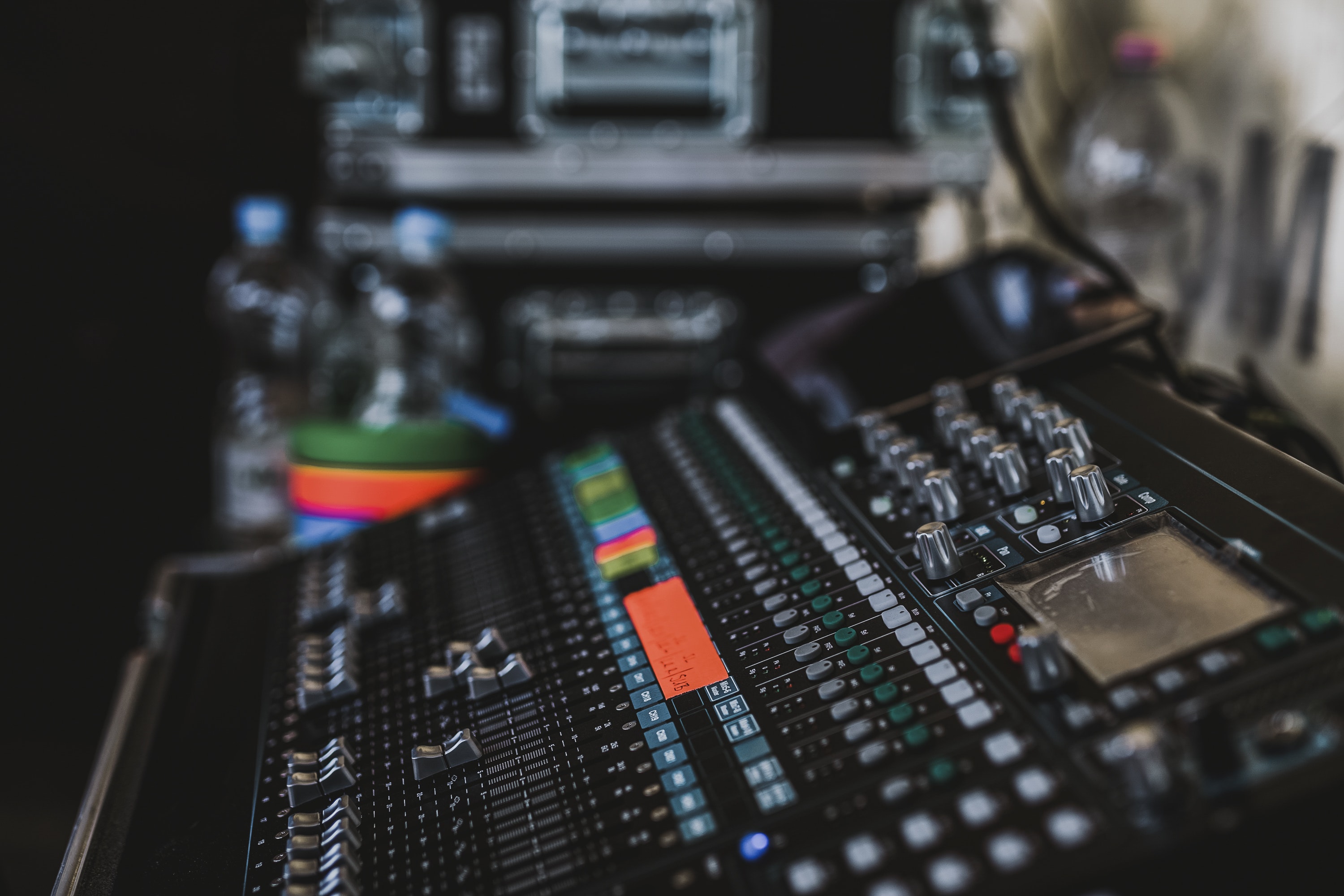Rachmaninoff: Live Recordings of the Reclusive Artist Show His Brilliance
Rachmaninoff is a name most musicians have heard of, but few can elaborate on. Sergei Rachmaninoff was a composer, conductor and renowned pianist that moved to the United States from his homeland of Russia during the Russian Revolution. Once in America, this gifted composer/conductor chose to become a keyboard virtuoso spending his time between Los Angeles and New York.
Rachmaninoff was very concerned about his privacy and how his music was heard. He did not even want his performances to be broadcast over the radio. While he recorded many works with RCA Records at the time, none of the recordings were of him playing live. The studio recordings were all exact renditions of the compositions with multiple takes to choose from.
Music today is still created in this way. Albums are released with perfectly produced tracks. The recordings are amazing and deserve much credit, but music is best enjoyed live and in the moment. In a lucky twist of fate, a researcher was listening to old recordings made by famed conductor Eugene Ormandy. The recordings were from his debut at the Philadelphia Orchestra in January of 1941. The researchers discovered that these recordings held a buried treasure waiting to be discovered. Within the music, Ormandy had inadvertently recorded Sergei Rachmaninoff playing his Symphonic Dances. This unique and rare recording is a demonstration of why it is important to listen to the artist live and in the moment. With the audience around and the vibe of the other musicians feeding the production, Rachmaninoff can be heard playing with the passion and fire you would expect from the keyboard virtuoso. Titled “Rachmaninoff Plays Symphonic Dances,” the musical works are now available.
“Rachmaninoff Plays Symphonic Dances” is an amazing example of the energy that symphonic music can bring to the listener. Rachmaninoff’s reclusive timid outward personality is a complete reversal from his powerful command of the music. The force at which he drives the compositions of “Rachmaninoff Plays Symphonic Dances” reveals a depth that can only be displayed through music. His music is a punch in the face with the anger, passion, and depth you would expect from the Russian master musician. The recording of “Rachmaninoff Plays Symphonic Dances” is an eaves-dropping experience worth the time. Very few opportunities exist to hear something so new and unique from a time long past.
Post Written By Michael Brigger



